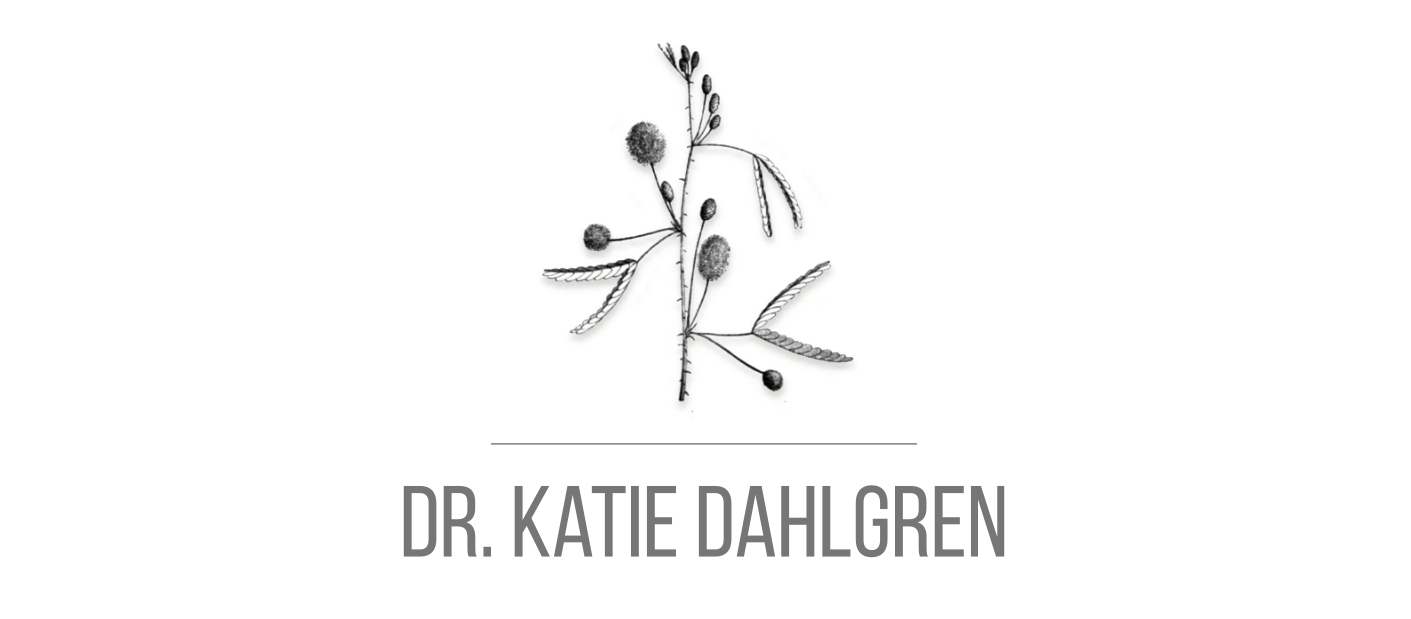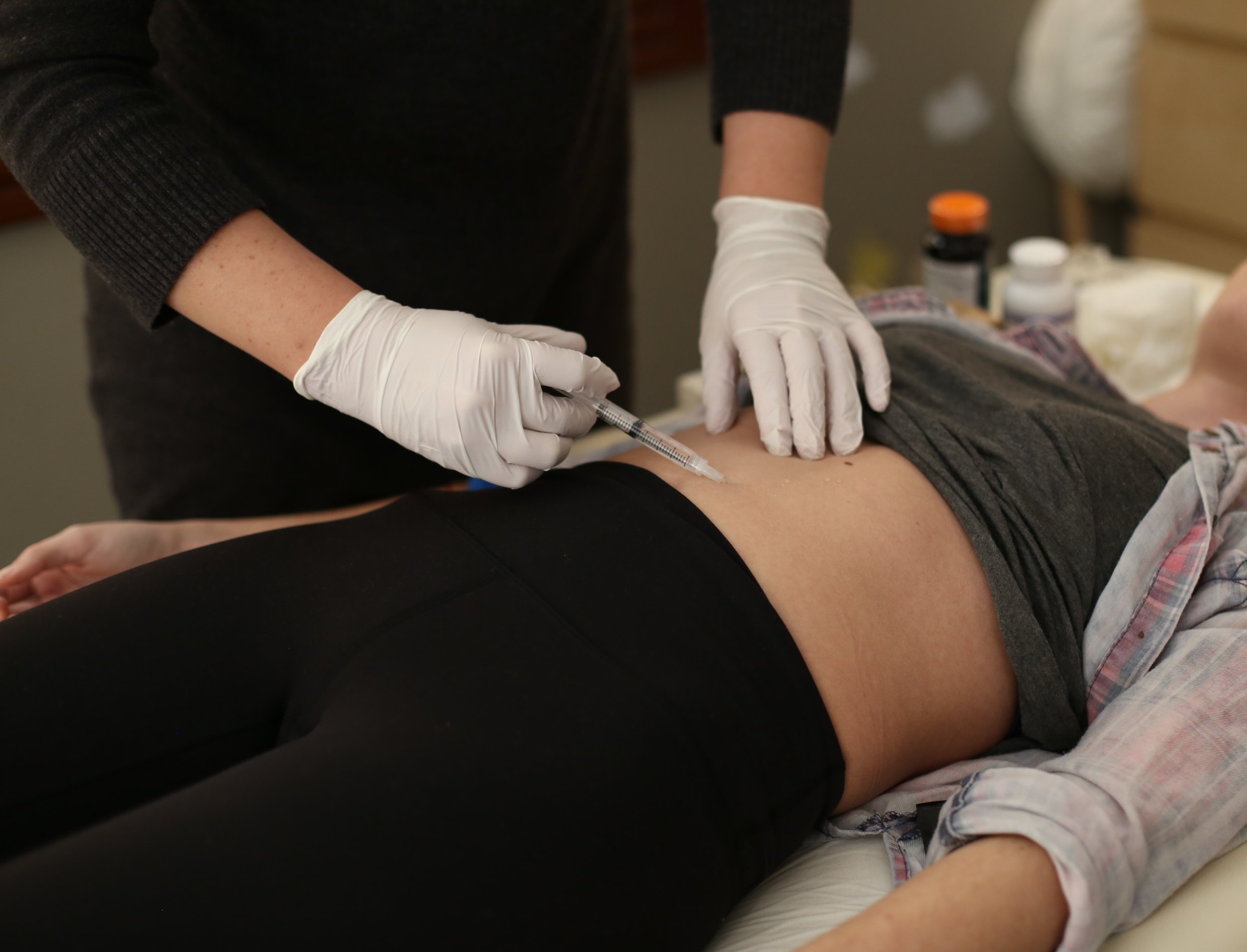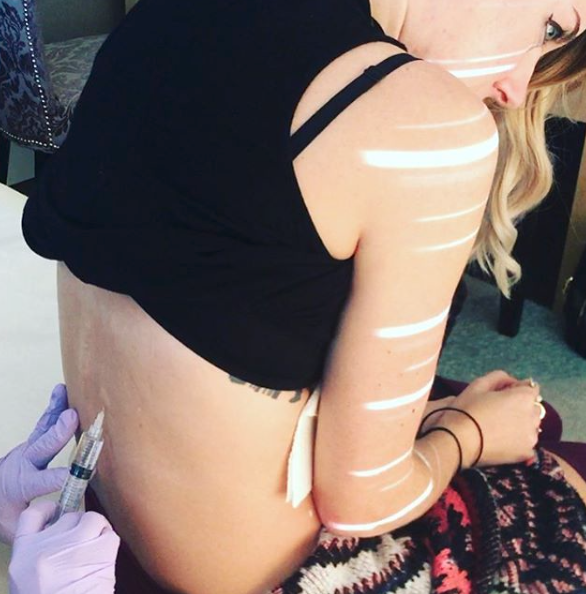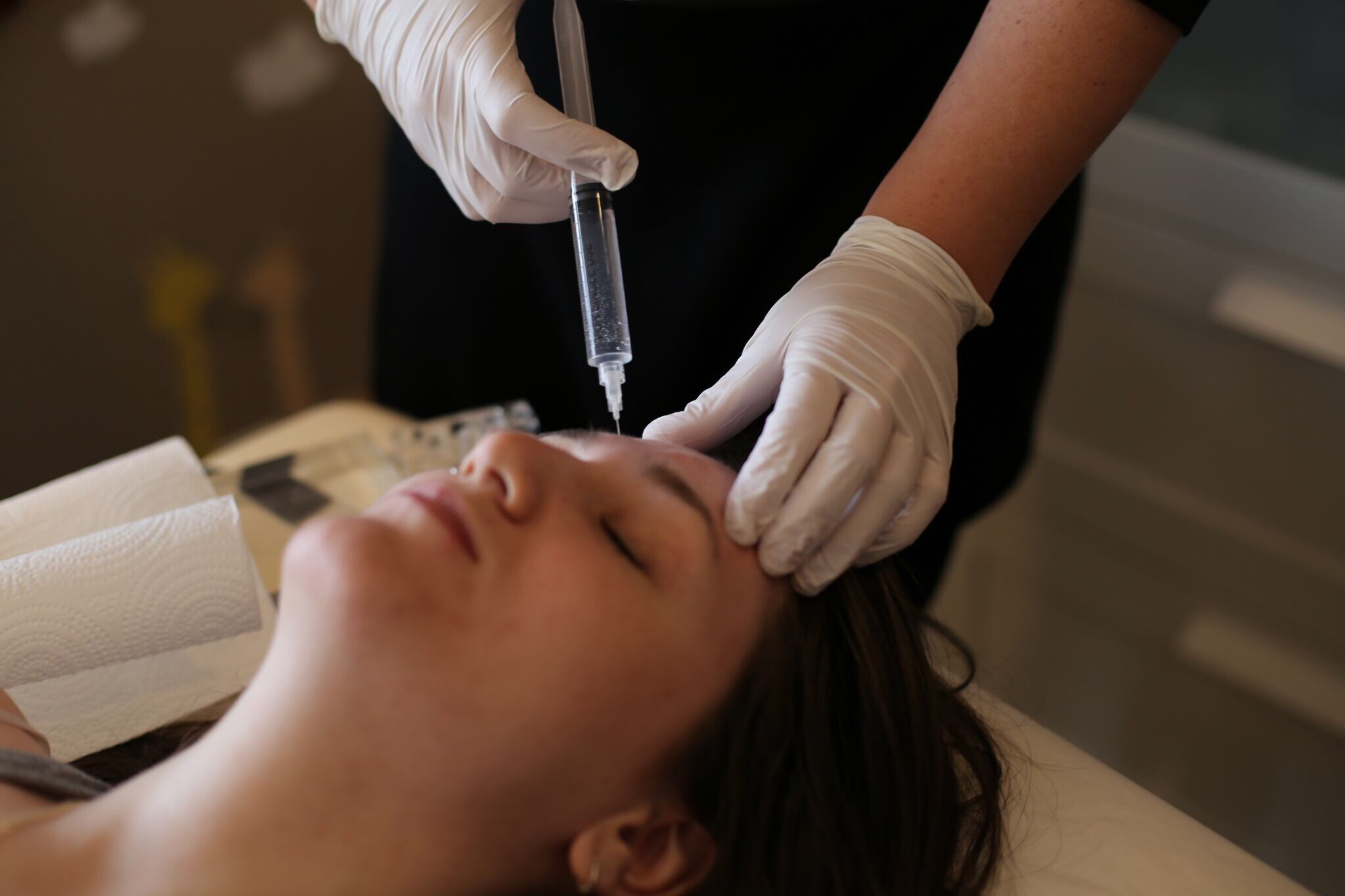PRP Injections for Aesthetics
What is PRP?
Platelet Rich Plasma (PRP) is an autologous blood product that is extracted from the patient, processed in special equipment, and injected back into the patient. Platelets are the component of blood that are responsible for healing wounds in the body. This extract from the patient’s own blood has been extensively studied and known to increase elastin and collagen production and is a rich source of healing growth factors. Injecting PRP into areas of the skin that are showing signs of wrinkles and sagging can help restore a more youthful appearance by repairing the skin.
What is involved in the process of PRP injections?
Blood is drawn from a patient in a comfortable clinical setting and then processed in a centrifuge machine while the patient waits. During processing, the blood is separated into three layers. The top layer is a light yellow color and is referred to as platelet poor plasma. The bottom layer is a rich red color and contains packed red blood cells. The middle layer, referred to as the buffy coat, contains approximately 70% of the platelets from the whole blood sample. The buffy coat, or platelet rich plasma (PRP), is extracted from the other layers using specialized equipment. This entire process takes approximately 30 minutes. The clinician will work with the patient to decide the exact way of applying the PRP depending on the patient’s goals for their skin. The physician then activates the PRP with a small amount of calcium chloride, and then injects the mixture into the patients’ skin, targeting areas of wrinkles or scarring to restore a more youthful look.
What are the risks of PRP?
One of the most appealing things about this procedure is that there are almost no reported adverse reactions or side-effects from PRP. There are very few contraindications to the treatment and the only restrictions after the injections are to avoid excessive sun exposure. There is minimal down-time; patients can resume most normal activity immediately following the injections and can wear make-up and moisturizer as soon as the next day. Most patients will want to stay home the rest of the day only because their skin is often very red immediately after the procedure.
How long do the results last?
It is important to note that the full results of PRP are often not observed for several weeks after the injection. Unlike dermal fillers and other aesthetic products, the changes to the skin are more subtle and take longer to appear. This is because it is not a band-aid to conceal damaged tissue. PRP is actually improving the actual skin health and this takes some time. Maximum skin improvement from PRP can take up to 12 weeks. However, once the desired results are achieved, the results are more long lasting.
How often do patients need to get treatments to establish and maintain results?
This depends on the extent of the damage to the skin at the beginning of the treatment as well as the patient’s lifestyle, overall health, and genetics. Most patients will start with 1-3 treatments, spaced a month apart if more than one treatment is recommended. After the initial treatment phase, patients usually repeat the injections once a year to maintain the results. This is not necessarily because the effects “fade” over time as is observed with Botox and fillers. With PRP, the need for repeated treatments is only due to the fact that the skin will continue to age as time goes on. Avoiding excessive sun damage, staying well hydrated, minimizing inflammation and toxic environmental exposures are some important things a patient can do to promote and maintain excellent results. Additionally, it is HIGHLY recommended that patients work with a skilled aesthetician to develop a skin care regimen that would optimally include both home care products and regular professional facial treatments.



